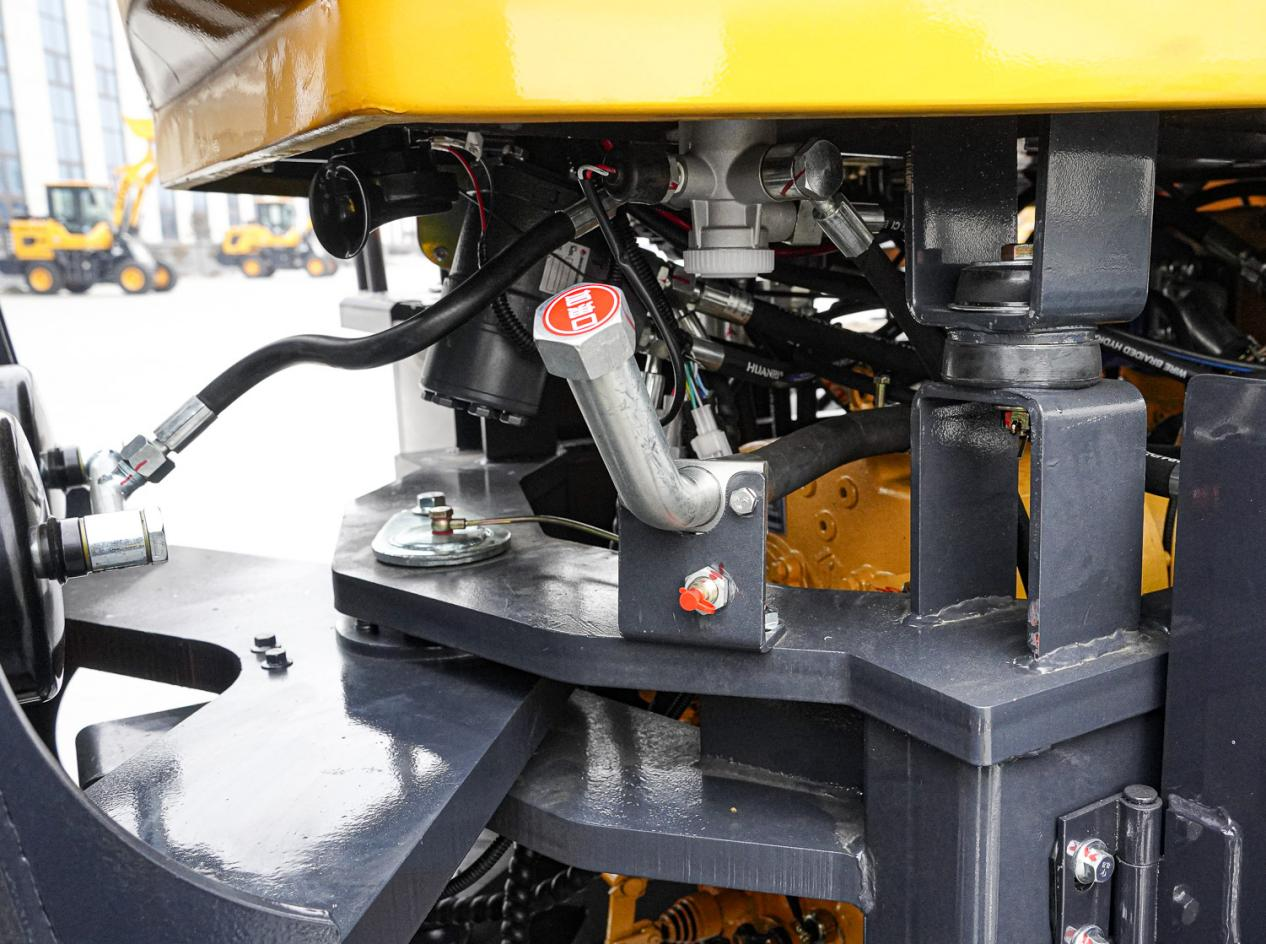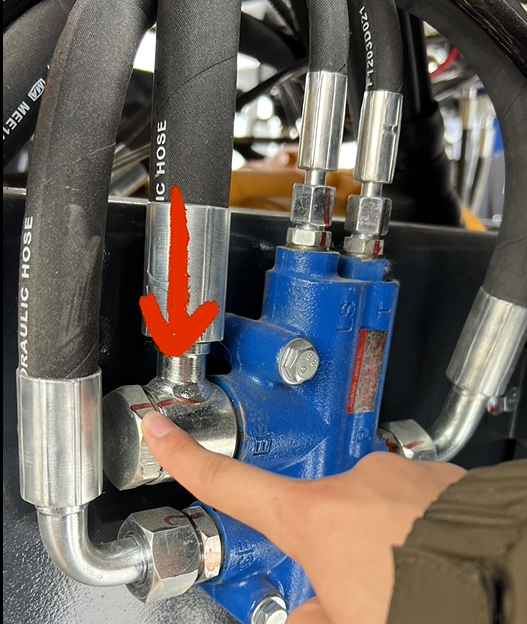Loader key parts of the bolt fastening check
2024-01-31
When you buy a wheel loader, not only do you need to carry out regular maintenance, some routine maintenance is also very important, such as checking the degree of bolt tightening in key parts. Loosening of the bolts can lead to the movement or separation of key parts of the wheel loader, which can cause serious accidents. Checking the tightness of the bolts ensures that the loader maintains stability and safety during operation. Bolts may be affected by factors such as vibration, shock and heavy load during daily use, which may cause bolts to loosen. Regular inspection of bolt tightness can help identify and correct potential problems in a timely manner, thus extending the service life of wheel loaders. If the bolt is loose or falls off, it may cause damage or failure of other parts of the wheel loader. By checking and maintaining bolt tightness, you can reduce repair and replacement costs caused by bolt problems.
OXPLO®, a professional wheel loader manufacturer, reminds you that regular inspection of the bolts in key parts is an important part of wheel loader maintenance, and it is recommended to tighten the bolts according to the loader manufacturer's recommendations and regulations, using the appropriate tools and torque, in the correct sequence and specifications. At the same time, the state of bolt fastening should be checked regularly, and loose or damaged bolts should be found and treated in time to ensure the safety of the loader. In the operation, if the key parts of the bolt loose, we can obviously feel the loader vehicle shake or abnormal noise, long-term neglect may cause safety accidents and property losses, when the new car closed 100 hours later, we have to check the key parts of the bolt torque, after every 500 hours of work, the torque is re-checked.

The key parts of the inspection include the engine, transmission, cab assembly support, front and rear axle and frame connection, rim, drive shaft, front and rear frame articulation, working device, etc.



If the connection bolt is tightened, you can identify whether the bolt is loose by manually flicking and observing whether the tightening mark line has shifted. Select the correct torque to tighten the bolt according to the bolt specifications.


Loosening of bolts can have an impact on several parts of the loader, such as structural stability, which depends on the fastening bolts of key components. If the bolt loosens, it may cause the movement or separation of these components, which in turn affects the overall stability of the loader. This can cause the wheel loader to experience abnormal vibration, tilt or instability during operation, increasing the risk of accidents. There is often a tight interaction between the key components of the load. Loosening of bolts can cause changes in the relative positions of these components, which can affect the functional performance of the loader. For example, loose bolts may cause the failure of the transmission system or hydraulic system, affecting the power transmission or working capacity of the loader. Loosening of the bolt may pose a threat to the safety of the loader operator and those around it. For example, if a loose bolt causes a loading bucket or other attachment to fall off, it may cause a serious accident or injury, and loose bolts may also cause sudden movement or separation of parts, increasing the risk of accidental contact. Loose bolts may also cause damage to other components connected to them. When bolts are loose, their load may no longer be evenly distributed, resulting in excessive stress or vibration of nearby components. This can cause wear, cracks, or breaks, leading to the failure of other components or the need for more frequent maintenance.
Therefore, loose bolts at key parts of the loader will have a negative impact on the safety, performance and reliability of the loader. It is important to regularly check and maintain the fastening state of the bolts to ensure that they maintain the correct degree of fastening to ensure the normal operation and safe operation of the loader.




